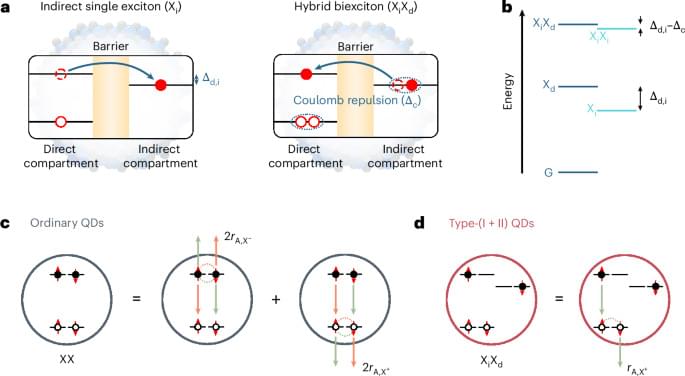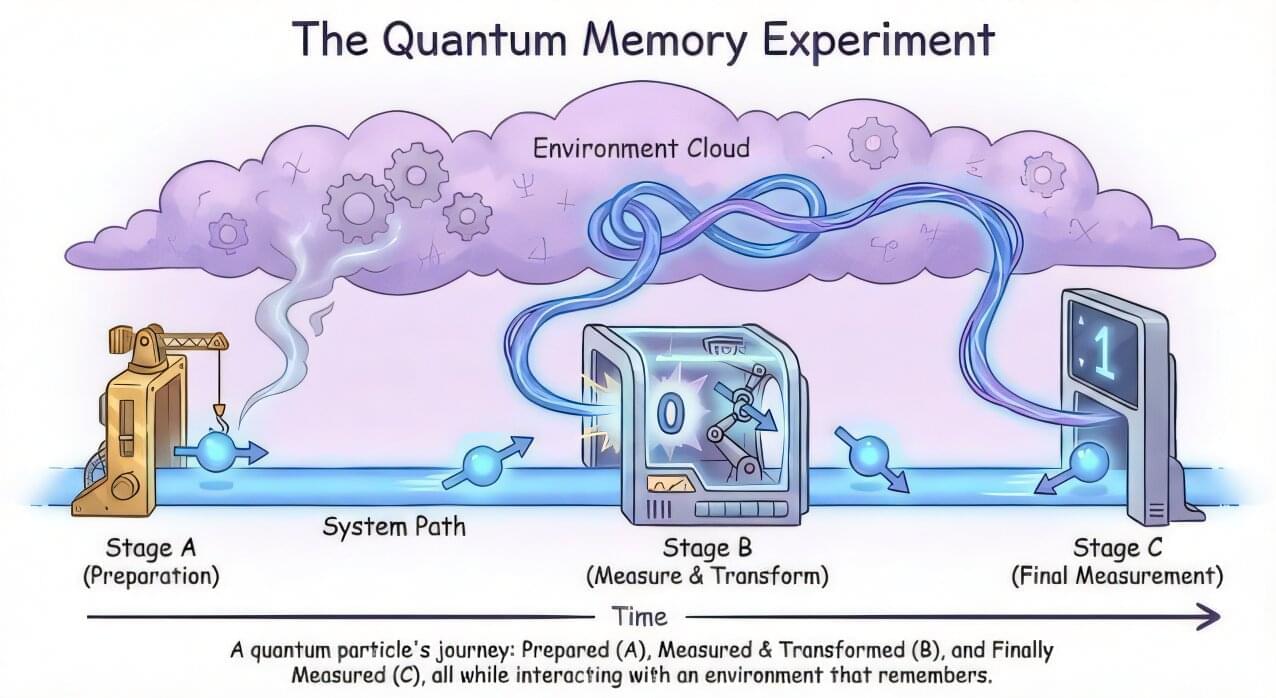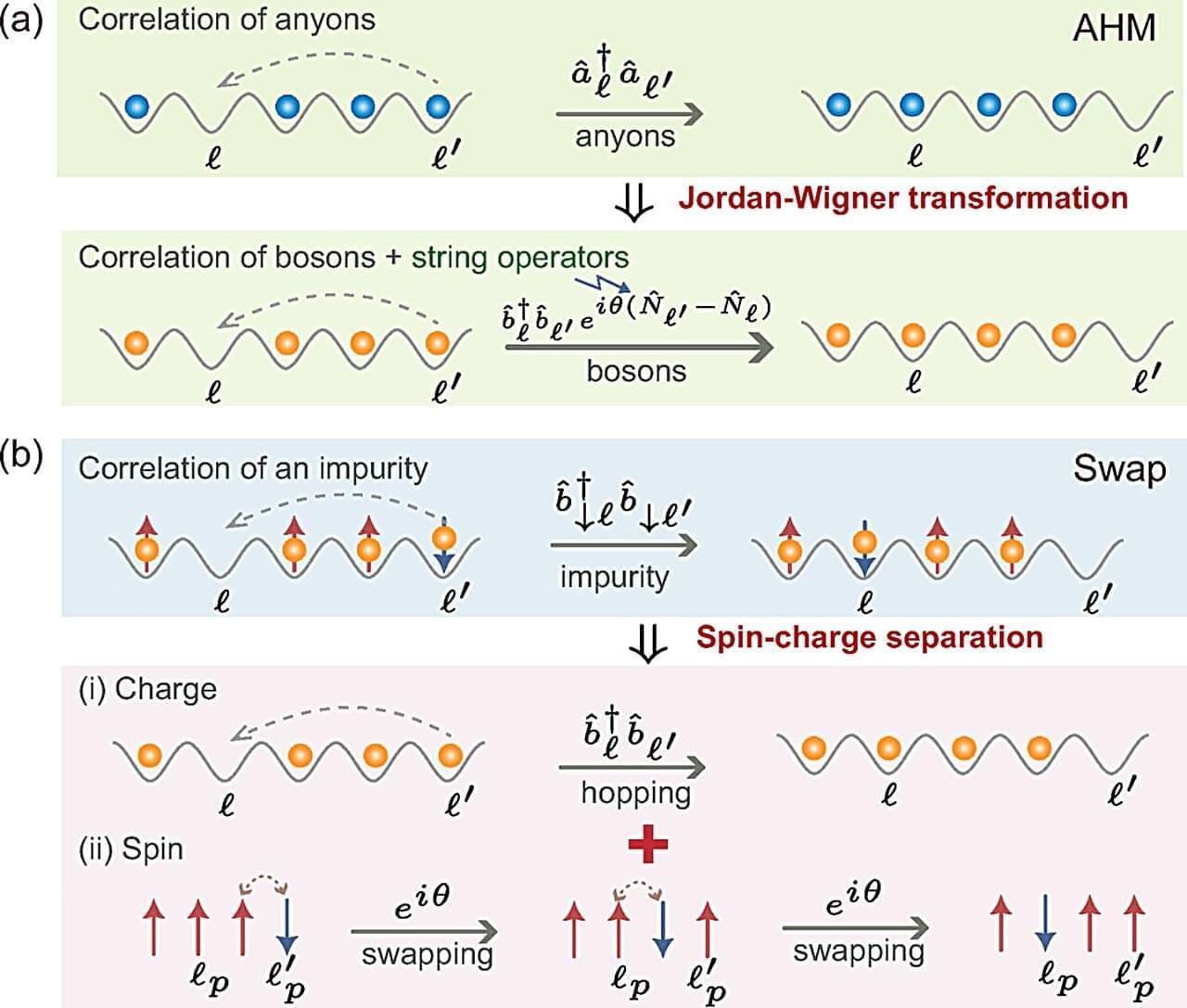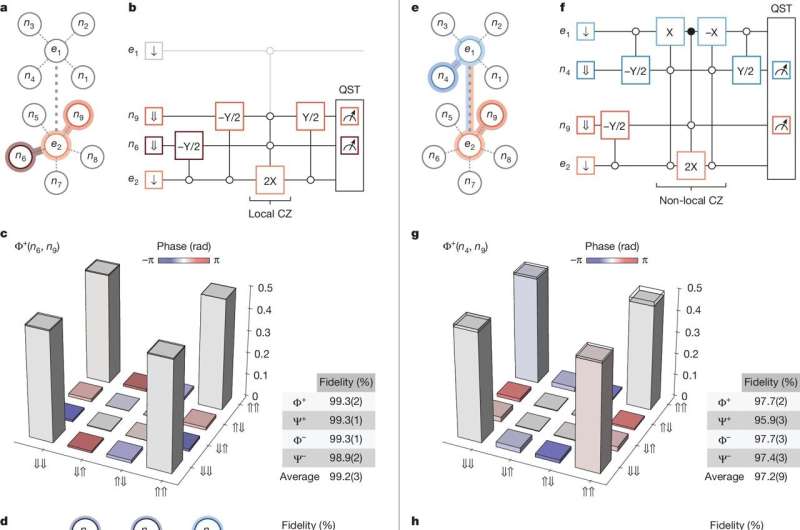Check out the interactive lessons on Brilliant! Start learning for free at https://brilliant.org/sabine/ and get 20% off a premium subscription, which includes daily unlimited access!
Some physicists believe that human consciousness is somehow linked to the indeterministic element of quantum physics. But according to a surprising new argument that just appeared on the arXiv, a world where everything is ruled by quantum physics is incompatible with the idea of free will. Let’s take a look.
Paper: https://arxiv.org/abs/2510.
👕T-shirts, mugs, posters and more: ➜ https://sabines-store.dashery.com/
💌 Support me on Donorbox ➜ https://donorbox.org/swtg.
👉 Transcript with links to references on Patreon ➜ / sabine.
📝 Transcripts and written news on Substack ➜ https://sciencewtg.substack.com/
📩 Free weekly science newsletter ➜ https://sabinehossenfelder.com/newsle… Audio only podcast ➜ https://open.spotify.com/show/0MkNfXl… 🔗 Join this channel to get access to perks ➜ / @sabinehossenfelder 📚 Buy my book ➜ https://amzn.to/3HSAWJW #sciencenews #science #physics #philosophy.
👂 Audio only podcast ➜ https://open.spotify.com/show/0MkNfXl…
🔗 Join this channel to get access to perks ➜
/ @sabinehossenfelder.
📚 Buy my book ➜ https://amzn.to/3HSAWJW
#sciencenews #science #physics #philosophy







